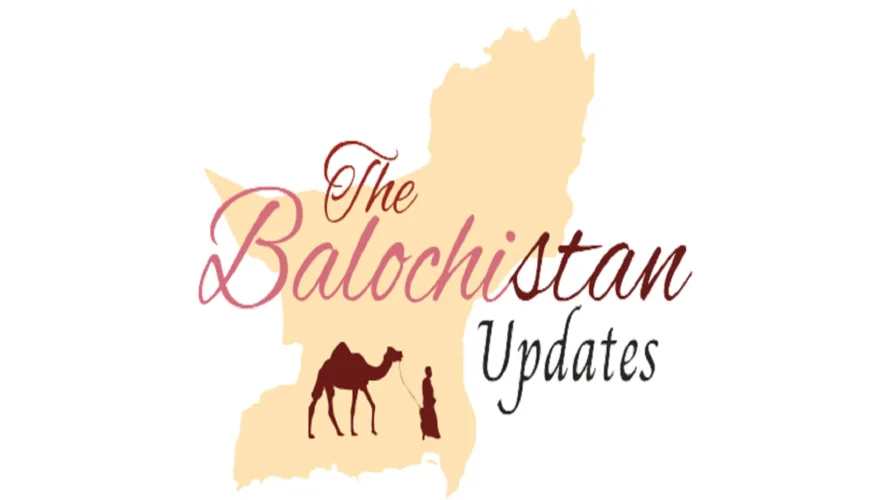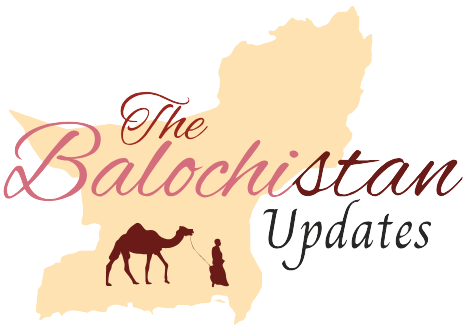Balochistan’s capability to witness or bystander the completion of three consecutive legislative assemblies is an achievement that highlights the province’s commitment to democracy. Yet, the periodic and recurring change of chief ministers within each assembly raises concerns about governance stability and efficiency. To harness the benefits of democratic continuity, stakeholders must work together to strike a balance between dynamic leadership and sustained progress. This would not only safeguard the province’s developmental trajectory but also reinforce Balochistan’s importance as a vital player in Pakistan’s democratic landscape.
The completion of another full term by the Balochistan Assembly marks a significant milestone in the democratic journey of this crucial Pakistani province. Balochistan, often in the spotlight due to its strategic and resource rich nature, has successfully seen its third consecutive assembly complete its constitutional term. This endurance in democratic governance is commendable, but the consistent change of chief ministers within each assembly raises questions about political stability, leadership continuity, and governance efficiency.
Apparently on the face of it, frequent chief ministerial changes might be seen as a sign of a dynamic political landscape, allowing fresh perspectives and diverse leadership styles to be tested. However, the practical implications of such transitions can be more complex. Chief Ministers are not only the political figureheads but also the administrators responsible for policy implementation and development initiatives. Frequent shifts in leadership can disrupt the continuity of projects, policies, and strategic vision, leading to inefficiencies and delayed progress.
Reality is that that Balochistan has managed to uphold the democratic process for three consecutive assemblies is a testament to the growing political awareness and maturity within the province. The successful completion of constitutional terms highlights the dedication of both political actors and the electorate to ensure a sustained democratic framework. However, this achievement is juxtaposed with the recurring alteration of chief ministers, which brings forth a need for deeper analysis.
The phenomenon of chief ministerial changes could also stem from various factors, including political rivalries, coalition dynamics, and the complex ethnic and tribal composition of Balochistan. While diversity in leadership is vital, the lack of stability can hinder long-term planning and sustained progress. For Balochistan to truly capitalize on the positive aspects of democratic continuity, efforts should be directed towards ensuring a degree of stability in the chief ministerial position. This stability doesn’t necessarily entail perpetuating a single leader, but rather developing mechanisms that allow for smoother transitions while safeguarding governance efficiency.
Political parties must invest in grooming a pool of potential leaders with the requisite skills and understanding of Balochistan’s unique challenges. This will ensure a smooth succession process and minimize disruption during transitions. Incoming chief ministers should be encouraged to continue and build upon the policies and projects initiated by their predecessors, providing a sense of direction and avoiding wastage of resources invested in prior initiatives. If coalition governments are prevalent, partners should work collaboratively to ensure stability and shared goals, mitigating the risk of abrupt changes.
Continuous engagement between elected representatives and the electorate can foster a sense of ownership and accountability, potentially leading to more thoughtful decisions regarding leadership changes. Exploring the possibility of instituting a minimum tenure for chief ministers, akin to the five-year assembly term, could provide a more conducive environment for effective governance.

